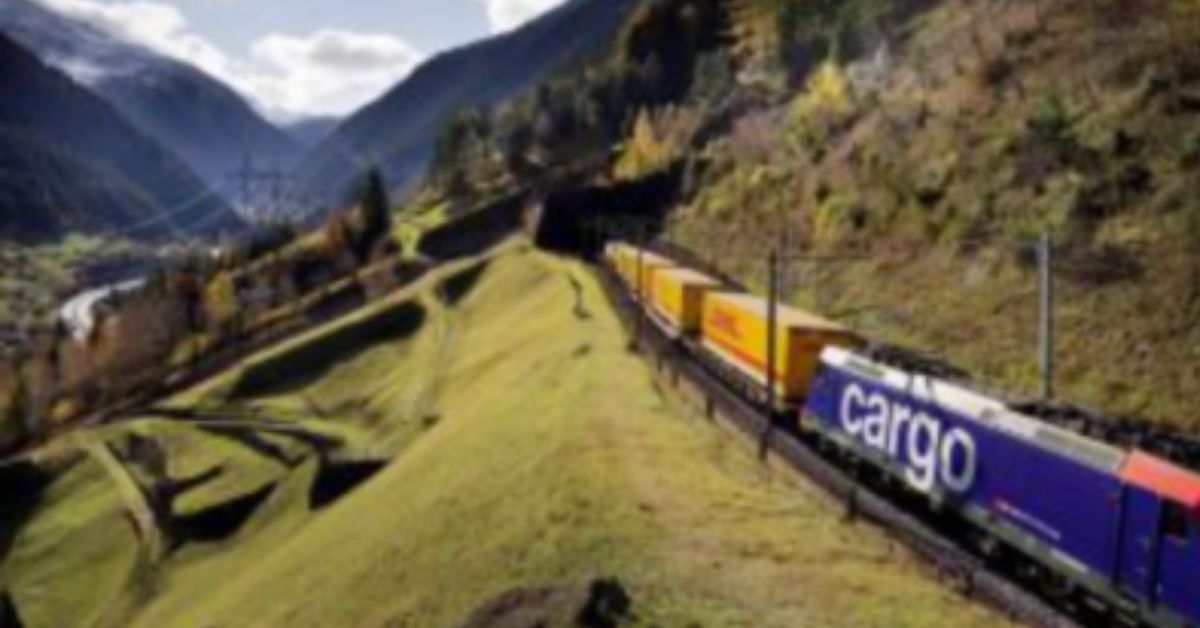Russian President, Vladimir Putin will visit Iran for the first time to boost trade ties and also propel trade movement on INSTC. An India-bound cargo from Russia has reached Iran through the International North-South Transport Corridor (INSTC). This cargo has travelled on the train which carried 39 freight containers.
In Iran the train reached the Sarkhas railway station after covering almost 3,800 km through Kazakhstan and Turkmenistan. Earlier this month, the train seems to have left Chekhov station in Russia. From the Sarkhas railway station the cargo is set to be moved to Bandar Abbas port in southern Iran via a 1,600-km rail route. From Bandar Abbas the cargo is going to be shipped to the port of Nhava Sheva in Navi Mumbai.
Boosting connectivity in the region, grains exports, the ongoing situation in Ukraine, Syria, will be the focus of talks when Russian President Vladimir Putin reaches Iran on Tuesday (July 19, 2022). He is expected to have a meeting with Iranian Supreme Leader Ayatollah Ali Khamenei and President Recep Tayyip Erdogan of Turkey.
India has also been pushing for boosting regional connectivity and in an attempt to cut the transit route from Russia to India, both Iran and Russia are looking at using the Caspian Sea.
India is already working with Iran to develop the Chabahar port, and has also proposed to include this port in the ISTC framework.
“INSTC project is sometimes touted as India’s response to China’s BRI. But, it would be wrong to treat this project as a competitor because most of the INSTC members barring India are also the members of the BRI. The idea is to expand connectivity and not necessarily compete with any third power in the region,” explains Prof Rajan Kumar, School of International Studies, JNU.
According to him, “The report of Russia’s train containing products for India reaching Iran is an important development for several reasons. First, the project has established the basic transport network between the two regions. Second, it connects India with two pariah states of Russia and Iran. Third, it does not involve either Western powers or China. Therefore, India can claim to have contributed to the development of a network which is independent and adds to the evolving multi-polarity in connectivity. Fourth, the West would not like Russia to expand its trade networks with India given the sanctions imposed on it following the crisis in Ukraine.”
“However, these states are well set to expand their trade and connectivity through this route. In future, this route can become a major source of India’s growing energy and fertilizer imports from Russia, Persian Gulf and Central Asia. Finally, India wants its Chabahar project in Iran to be integrated with the INSTC, the decision of which will be taken by the INSTC governing bodies,” Prof Rajan explains.
Sharing his view with Financial Express Online, Ambassador Anil Trigunayat, former envoy of India to Jordan, Libya and Malta, says, “I am happy that the INSTC has finally become a viable reality even if expedited by the Russia Ukraine crisis and debilitating sanctions against Iran and Russia. Over two decades ago it was estimated that this would be the shortest and cost effective route from India to Russia and Europe.” “With Chabahar being included along with some other countries en route it has expanded in the logistical reach and effectiveness. Apart from cost cutting and shorter duration of transit the route and its other combinations and permutations I.e. the Caspian ports the logistical complex can be kept out of the purview of unilateral sanctions. And it provides an efficient viable alternative to India and other countries as the transit trade via INSTC increases,” Amb Trigunayat adds.







